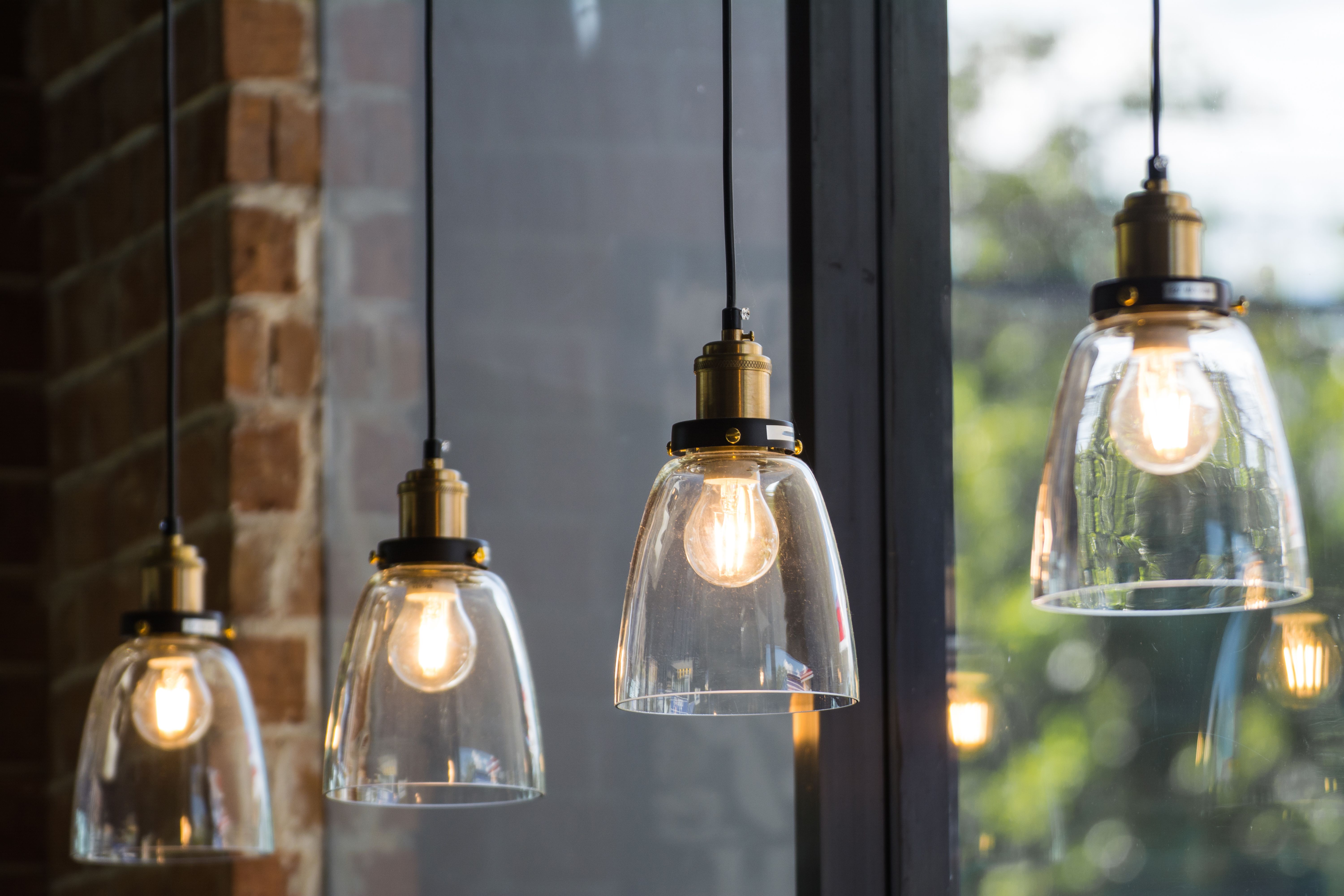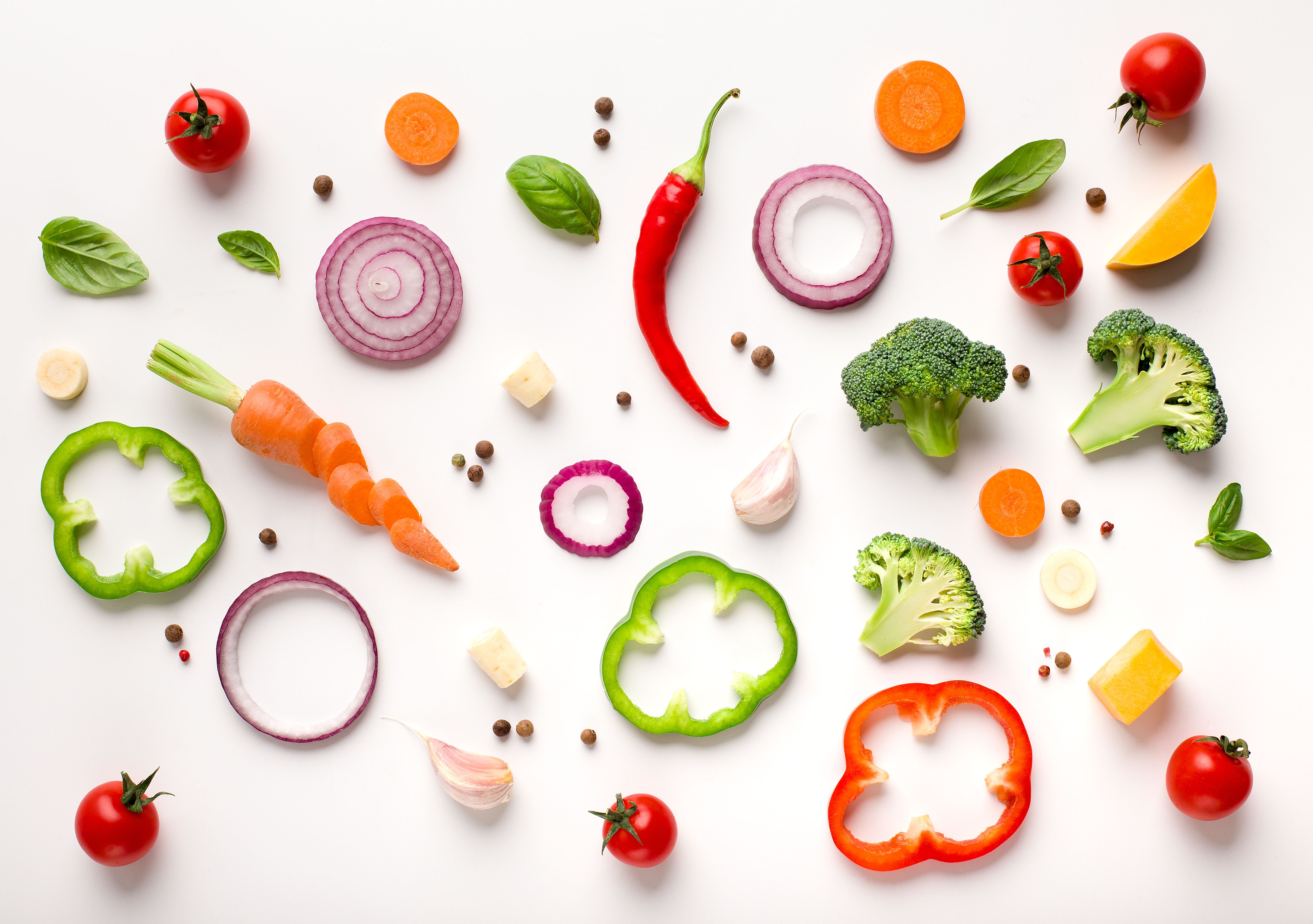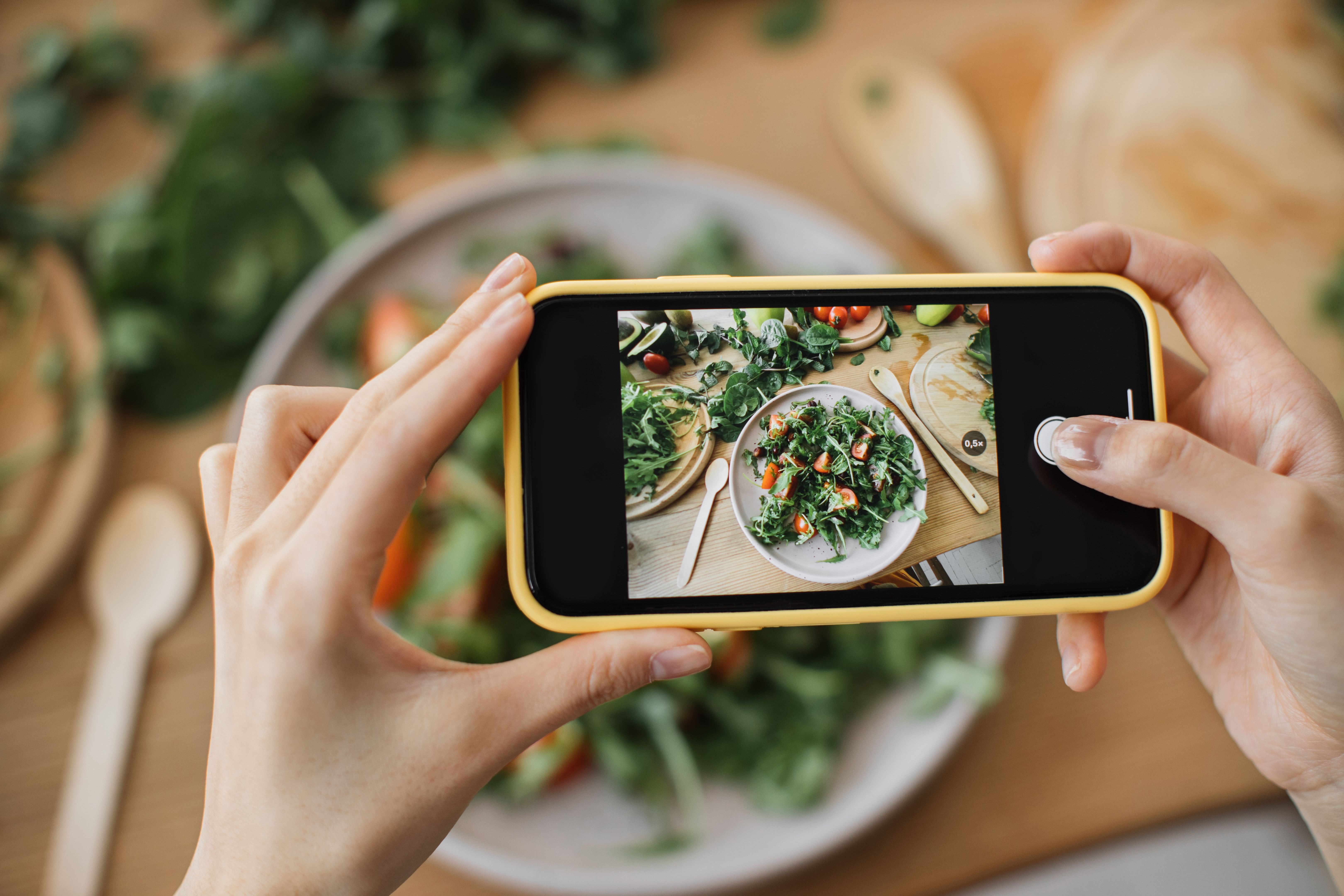Boost Your Restaurant's Appeal: Top Food Photo Tips for London Eateries
Enhance Your Lighting
Lighting plays a crucial role in food photography. Natural light is often the best option, so try to shoot during the day near a window. Avoid direct sunlight, as it can create harsh shadows and overexposed areas. If your restaurant is open during the evening or has limited natural light, consider using soft diffused lighting to mimic the effects of daylight.

Choose the Right Angle
The angle from which you photograph your dishes can dramatically affect their appeal. Popular angles include the overhead shot, which works well for flat dishes like pizzas and salads, and the 45-degree angle, which is ideal for showing layers in burgers or sandwiches. Experiment with different perspectives to find what best highlights your menu items.
Overhead Shots
Overhead shots are excellent for capturing multiple items in one frame, offering a comprehensive view of a dish's ingredients and presentation. This angle is especially effective for intricate designs or when you want to showcase a variety of items at once.
45-Degree Angles
The 45-degree angle is often preferred for dishes with height, such as stacked pancakes or towering burgers. This angle helps convey the dish's volume and texture, enticing viewers with its visual depth.

Focus on Composition
Composition is key to creating visually appealing food photos. Use the rule of thirds to position your dish off-center, drawing the viewer's eye naturally across the image. Incorporate props like utensils, napkins, or ingredients to add context and storytelling elements.
Simple Backgrounds
A simple background ensures that the focus remains on the food. Neutral colors and minimal patterns work best, as they prevent distractions and allow the dish to stand out.

Highlight Freshness and Texture
To make your dishes look as mouthwatering as possible, emphasize their freshness and texture. Capture the gloss of a freshly baked pastry or the crispness of a salad by photographing them immediately after preparation. Close-up shots can also help highlight textures and intricate details.
Edit Carefully
Post-processing can enhance your food photos, but it's important to edit with care. Adjust brightness, contrast, and saturation to make your images pop while keeping them realistic. Avoid over-editing, as this can make dishes look unnatural and unappetizing.

📸 Want to take your food visuals to the next level — without hiring a photographer?
Splentify uses AI to enhance your existing dish photos, making them pop with perfect lighting, color, and sharpness. Upload a few shots and get professional results in minutes — no gear or editing skills needed.
➡️ Try Splentify free — get 3 AI-enhanced photos now
Tell a Story
Food photography isn't just about showing what a dish looks like—it's about conveying an experience. Use your photos to tell a story about your restaurant's atmosphere, culinary expertise, and unique offerings. Include candid moments of chefs at work or diners enjoying their meals to add authenticity and relatability.
By following these tips, London eateries can significantly enhance their food photography, attracting more customers through visually compelling images. Remember, great food photos not only showcase your dishes but also invite potential diners to experience what makes your restaurant special.
